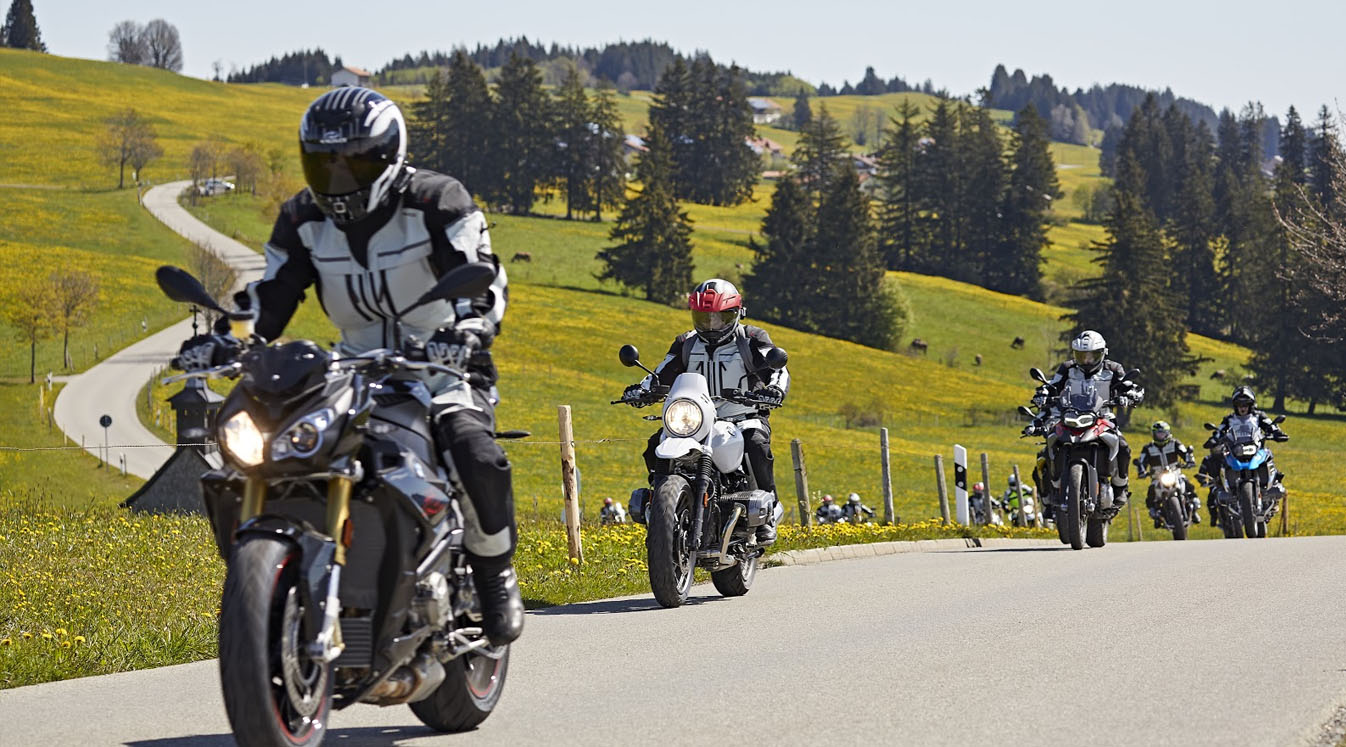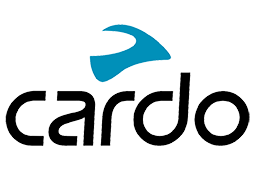
The 9 Motorcycle Hand Signals You Need to Know
If you’re ever planning on doing group riding of any size, motorcycle hand signals are something you need to know. They help the lead rider in a group communicate with the riders in their pack. Even if you’re not planning on leading a ride any time soon, you might need to understand hand signals that the leader of your group uses, especially if you or someone else in the group is riding without a motorcycle communication system.
These are nine hand signals that any biker should recognize. Learn them, practice them and use them whenever necessary.
1. Left Turn
To signal a left turn, simply extend your left arm straight out from your body with the palm facing down. This is one of the simplest motorcycle signals to use and is a great first signal to practice. If you’re leading, this signal can be used to direct the group, while if you’re following, it can signal that you’re breaking away.
2. Right Turn
Obviously, you need to keep your right hand on the handlebars to maintain control of the gas and brakes. So, to signal a right turn, you’ll extend your left arm, bend your elbow upward into a 90-degree angle and make a clenched fist with your left hand. Once again, this signal can either direct other riders or alert them that you’re breaking off.
3. Speed Up
On a motorcycle, you usually want to be moving slightly faster than the traffic around you. This can be a problem for less-experienced groups, and in such situations, a more experienced group leader should deploy the “speed up” signal to tell the group to match the leader’s speed. You can execute this signal by extending your arm out with your palm up and then swinging it in an upward motion.
4. Slow Down
This signal alerts your group to slow down. It’s particularly useful to communicate when you’re using engine braking to slow your bike rather than hitting the brakes, as engine braking doesn’t engage the brake light. Extend your arm with the palm down as if you’re signaling a left turn and then repeatedly swing your arm down to signal for slowing down.

5. Stop
The “stop” signal involves a slightly awkward motion, but isn’t too difficult. Hold your left arm out at a right angle from your body with your palm open and your fingers toward the ground. If you’re riding in a large group, other riders should pass this signal back through the group until everyone is aware of the impending stop.
6. Roadway Hazard
There are two ways to signal a hazard in the road, depending on whether it’s to the left or right of the signaler. To signal a roadway hazard on the left, point diagonally at the ground with your left arm. To signal a roadway hazard on the right, stick out your right leg from your bike. This one is worth practicing so that the right leg motion feels natural and safe when traveling at speed.
7. Follow Me
To signal other riders to follow you, raise your left hand straight up into the air above your head, like you’re raising your hand to be called on. You can use this signal to break off a smaller group from a larger one, but make sure to work out which group members need to follow which leader ahead of time.
8. Comfort/Refreshment Stop
These two signals are for occasions when you need to pull off to stretch your legs or grab some refreshments. For a comfort stop, extend your left hand and shake your fist up and down. (Make sure the shoulder is clear and safe first.) For a refreshment stop, make the thumbs-up sign with your left hand and place your thumb to the visor of your helmet as though it’s a straw.
9. Pull Off
This signal is for a serious situation that necessitates pulling off the road ASAP (either on the shoulder or at the next exit). Point your finger up and to the left and then swing it in an arc over your head to the right. Don’t use this signal for a simple comfort or refreshment stop.

Take the time to memorize and work on these motorcycle hand signals now so that you’ll have them committed to memory when you need them. Use them to supplement your Bluetooth motorcycle helmet for a safer and more coordinated ride.
